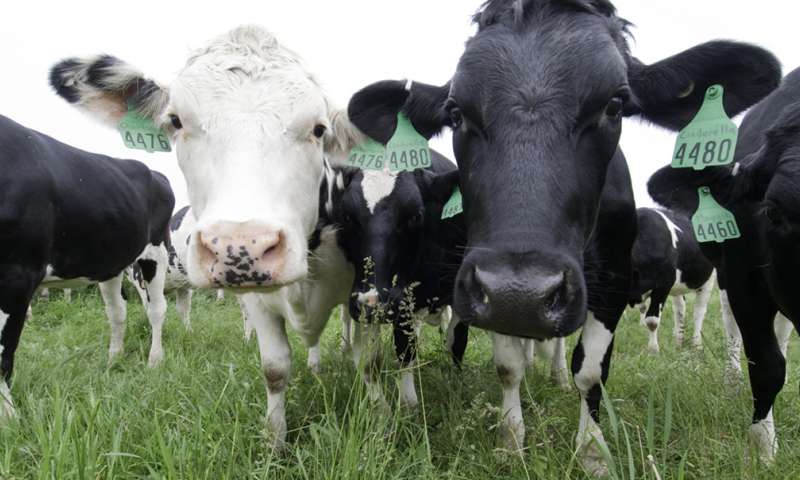

With proper training and recently launched online software and web-portal, citizen scientists can follow scientific-based practices to improve environmental decision-making and even secure funding to help solve environmental problems, says a new study.
Michigan State University researchers who led the research, featured in the current issue of Biological Conservation, showed that recent advances of online modeling tools and a web-based portal not only help bolster citizen science but the field of conservation biology as well.
“The nature of citizen science is changing; citizens aren’t simply used solely for data collection,” said Steven Gray, MSU assistant professor of community sustainability and the study’s lead author. “They are designing the protocols, conducting the experiments, securing funding and implementing the plans. They may not have the credentials of scientists, but they have the capacity to engage in the same approaches.”
For example, a community group in Virginia had concerns over the water quality of a stream that ran through agricultural land. They wanted to measure the benefits of fencing that kept cattle from wallowing in the stream.
Using Mental Modeler, special online software pioneered at MSU, the group was able to come up with a sensible solution to reduce water pollution.
As part of the study, the Virginian community group also used a citizen science web portal, http://www.collaborativescience.org, developed with partners at Rutgers University and Colorado State University.
This combination allowed the group to work with scientists and other stakeholders to define the issue as well as model and represent assumptions, evidence and existing information surrounding the problem.
The end result saw landowners work with the local soil and water conservation district to secure funding for four miles of fencing and three wells, which act as buffers between the cattle and the stream. The team effort dramatically reduced water pollution, specifically E. coli contamination.
Gray created Mental Modeler through funding from the United States Department of Agriculture and the National Science Foundation. The Collaborative Science project was designed to work with CitSci.org, which was developed at CSU and has helped nearly 340 projects and around 2,600 members.
In an open, transparent environment, everyone involved in the project can discuss potential research or management options and, together, develop citizen scientific research and conservation plans.
“With these online tools, we’re helping people tackle problems just as an interdisciplinary team of ecologists, biologists and economists would assess environmental issues,” said Gray, who’s with the College of Agriculture and Natural Resources. “We are helping to collectively bring everything in; our software is helping this happen.”
There are myriad examples of how this software and this approach can be used. Wildlife biologists could team with hunters to help solve wolf- or deer-management issues; trout fishermen could work with ecologists, geologists and economists to address fracking activity and the impact on stream health; farmers could partner with entomologists to test vegetation proposals that attract beneficial bugs to a region; and many, many more.
“The opportunities to use this software are truly endless,” Gray said. “This helps everyone in identifying the multitude of facets involved in an issue and to run ‘what-if’ scenarios to see how the system, whatever it may be, reacts to changes.”
And in the case of the Virginia environmental group, allows everyone to contribute to a viable solution that benefits the environment.
[Source:-Phys org]
